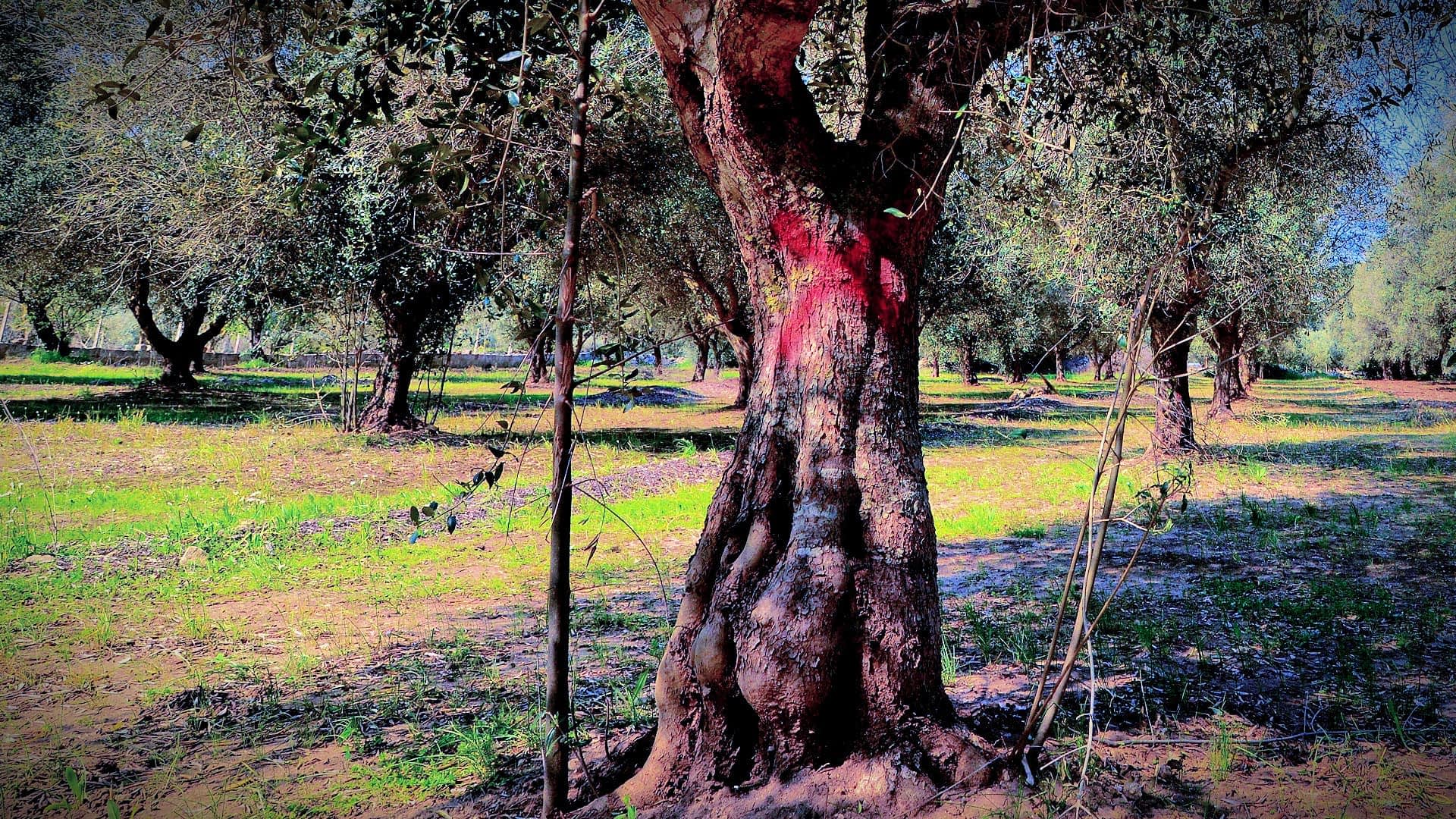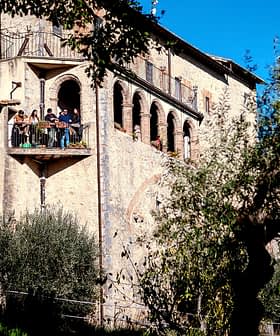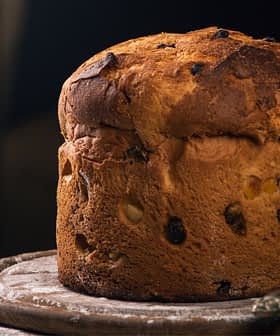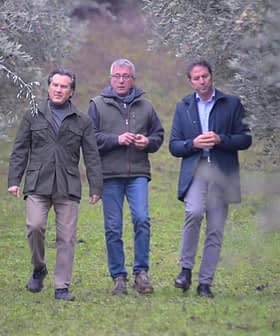 20.7K reads
20.7K readsBusiness
Authorities in Puglia Confirm Culprit in Olive Tree Devastation

Authorities in Puglia have released data showing that Xylella fastidiosa pauca is the main cause of Olive Quick Decline Syndrome, leading to a significant decrease in olive oil production. The data challenges a recent study suggesting only a minority of OQDS cases are linked to Xylella fastidiosa, with experts arguing that the study’s conclusions are unreliable due to misinterpretation of symptoms and monitoring methods.
Authorities in the southern Italian region of Puglia have published the entire dataset used to monitor and control the spread of the disease caused by Xylella fastidiosa.
The regional administration said the data clearly show that the pauca subspecies of Xylella fastidiosa is the leading cause of Olive Quick Decline Syndrome (OQDS), which has killed tens of millions of olive trees in the region.
Should we go and test olive trees in the infected area, we would find Xylella fastidiosa pauca in 90 to 100 percent of the cases.
Before the arrival of Xylella fastidiosa, Italy routinely produced more than 500,000 tons of olive oil annually. Now, a harvest beyond 300,000 tons is considered a bountiful crop.
The data span the first monitoring operations in 2013 through 2022, and their publication comes shortly after a study published in the Journal of Phytopathology indicating that Xylella fastidiosa was responsible for only a minority of OQDS cases.
See Also:New Spray Could Protect Olive Trees from XylellaOver the past decade, Xylella fastidiosa pauca has spread across southern Puglia due to vector insects, such as the spittlebug, which carry the bacteria from one olive tree to the next.
The epidemic prompted Italian and European authorities to continuously define and update the boundaries of infected and neighboring areas, enacting numerous containment measures to prevent the spread of the bacteria.
As a result, officials said the most highly monitored parts of Puglia were along the borders of these containment zones, where the percentage of Xylella fastidiosa-infected olive trees and other plants was expected to be minimal.
As Xylella fastidiosa pauca spread north from Puglia’s southernmost peninsula, so did the borders of the infected and buffer areas.
“The goal of the monitoring operations… is not to inventory the infected plants but to anticipate the bacterium and identify and contain or eliminate new outbreaks at the outset to reduce the inoculation pressure on the disease-free zone and slow down the expansion of the infected area as much as possible,” authorities wrote in a note published on a dedicated website to monitoring the spread of Xylella fastidiosa.
“Therefore, monitoring data cannot provide indications on the frequency of the bacterium in the infected zone, as most of its surface is no longer subject to surveillance by the phytosanitary observatory,” they added.
The statement explicitly challenges the conclusions of the Journal of Phytopathology study, which found that only a fraction of the olive trees affected by OQDS were infected by Xylella fastidiosa pauca.
Olive Quick Decline Syndrome
Olive Quick Decline Syndrome (OQDS) is a wasting disease of olive trees that causes dieback of the leaves, twigs and branches so that the trees no longer produce olives. It is widely believed that the Xylella fastidiosa bacterium causes the disease. OQDS symptoms include leaf scorch and desiccation of twigs and branches, beginning from the top of the crown and spreading to the rest of the tree. The disease is particularly prominent in the southern Italian region of Puglia but has also been detected in Argentina, Brazil, California, Greece and Spain. Some experts predict it could cost the olive oil sector up to €5.6 billion over the next 50 years.
By assuming that OQDS killed millions of olive trees that were not infected with Xylella fastidiosa pauca, the research authors implied that the two were largely unrelated.
According to the regional authorities and leading experts in the field, this conclusion is incorrect.
“The reading of the data by the authors of that research is not reliable,” Donato Boscia, director of the National Research Council’s (CNR) Institute for the Sustainable Protection of Plants, told Olive Oil Times.
“Should we go and test olive trees in the infected area, we would find Xylella fastidiosa pauca in 90 to 100 percent of the cases,” he added.
Boscia, whose work made it possible to identify the presence of Xylella fastidiosa pauca in 2013, said the data analyzed in the study to confirm that Xylella fastidiosa is rarely present in OQDS-hit olive trees just cannot be used to reach such a conclusion.
“It is true that over ten years, about a million plants were analyzed,” Boscia said. “But almost all of them were located where the bacteria was least expected, the so-called buffer zone and the upper end of the infected area. It is normal to find very low percentages of Xylella fastidiosa pauca-infected plants there.”
According to Boscia, the authors of that study also mistakenly interpreted symptoms on monitored olive trees as proof of the presence of OQDS, which their paper compared to the presence of Xylella fastidiosa.
“If you look at the database, at some point, you will see that for each monitored plant, there is a definition of ‘symptoms present’ or ‘symptoms absent,’” he said. “That is just an indication for researchers. Symptoms present is not synonymous with Olive Quick Decline Syndrome, as my colleagues wrote in their study.”
Boscia added that the controversial study did not consider the different methods applied during monitoring operations over the years.
“If we consider data from 2015, we are talking of a period when analyses were also carried out in the areas where the desiccation of the olive trees was already clearly visible,” he said. “That means that in that year, the percentage of plants with ‘symptoms present’ could reach 70 percent.”
The data may have been skewed further by the rapid spread of the disease in the early years, leading authorities to move the buffer and containment zones farther north from areas densely populated with olive trees to those less so.
As a result, many olive trees in this area that died from OQDS were never tested for Xylella fastidiosa. “Those percentages drop to about 20 percent,” Boscia said.
“If one looks at the 2021 data, you can see that percentage dropping further. The reason is that in 2020, E.U. regulations halved the containment area to be monitored. Instead of monitoring the last ten kilometers of the red zone, it was reduced to kilometers,” Boscia added.
“If you look at the whole picture, the conclusions go in the opposite direction of what the study’s authors wrote,” he concluded. “If today, in the areas bordering the infected zone, we have a very low incidence of Xylella fastidiosa, that means that the containment strategy adopted by the European Union is working.”










